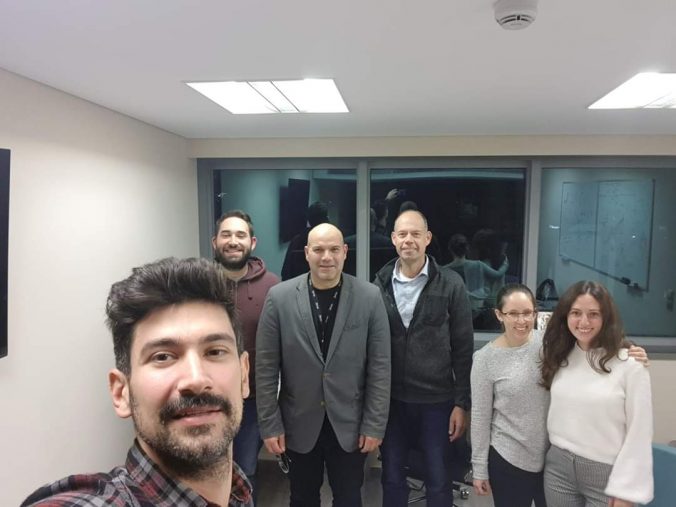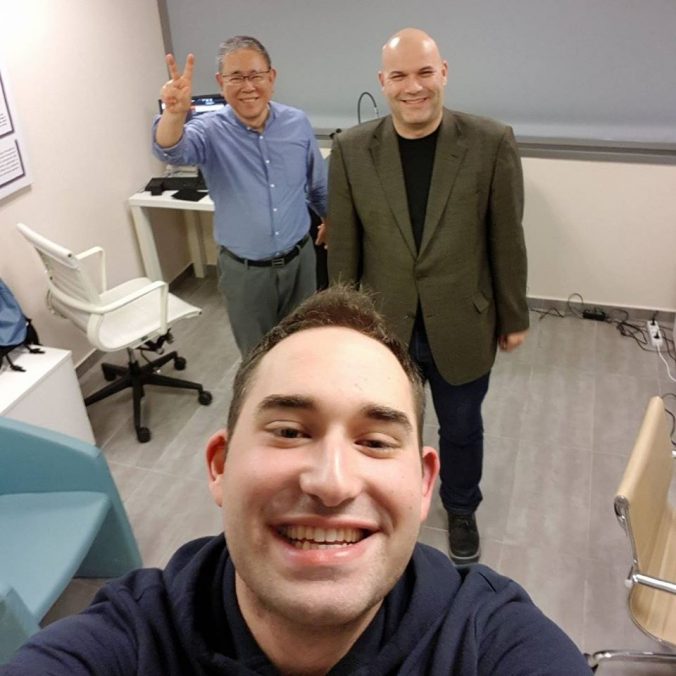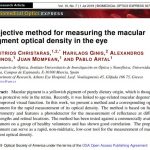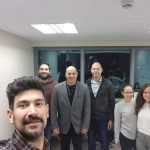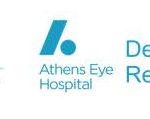The purpose of this work was to evaluate peripheral image quality in the pseudophakic eye using computational, physical and psychophysical methods. We designed and constructed a physical model of the pseudophakic human eye with realistic dimensions using a corneal phantom and a board-only camera that was pivoted around an axis that matched the anatomical centre of a human retina, assuming a radius of curvature of 12 mm, while it was submersed in a 23.4mm long water filled chamber to emulate human ocular axial length. We used this optical setup to perform direct recording of the point spread function (PSF) and the associated retinal images for a commercial intraocular lens (IOL). Additionally, psychophysical tests were carried out to investigate the impact of the off-axis astigmatism in peripheral visual performance, where spectacle-induced astigmatism simulated the pseudophakic conditions in healthy subjects. Our findings using the physical eye model confirm the existence of large amounts of astigmatism in the periphery of the pseudophakic eye. The psychophysical tests revealed a significant reduction of detection sensitivity in the peripheral visual field. The latter suggests that off-axis astigmatism in patients implanted with IOLs may have performance and safety implications for activities requiring efficient peripheral vision.
Request reprint here



